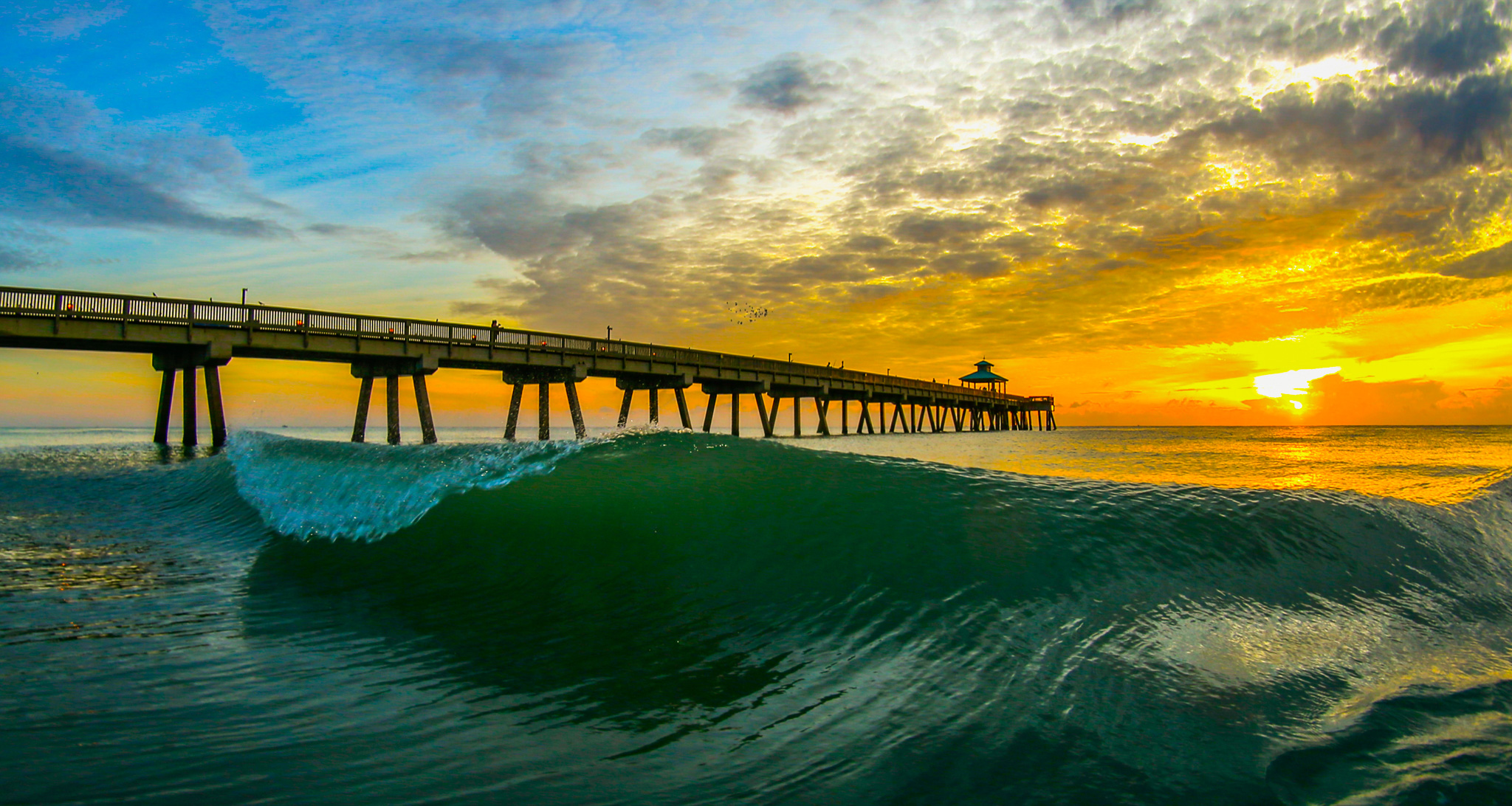
Make a Difference
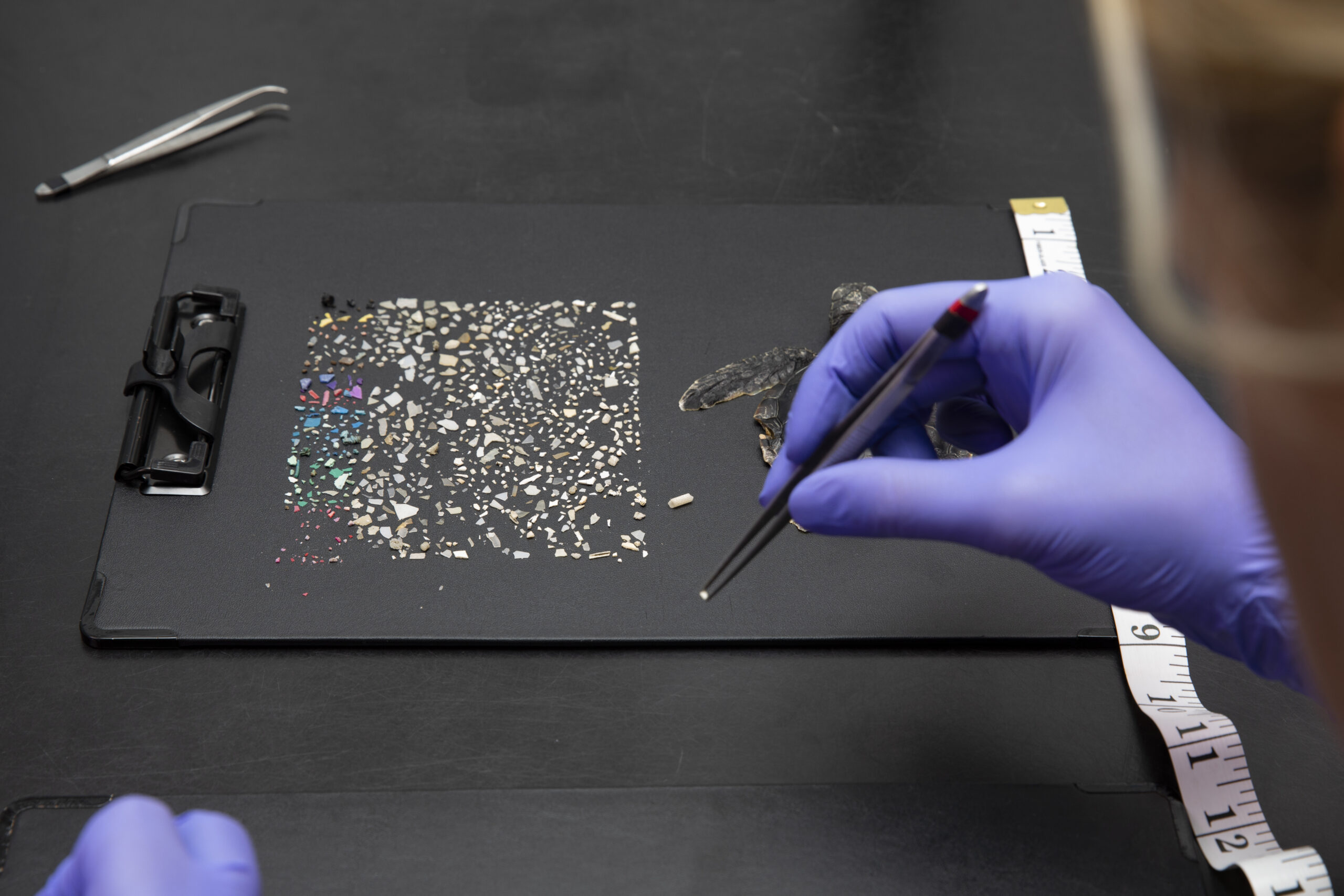
Make a Difference
There are simple ways you can get involved in the mission to #BeOceanMinded!
How I Reduce
In my daily life, I’m always looking for ways to reduce my plastic use, and one of the biggest impacts I’ve made is through my business. Since founding it in 2003, I’ve ensured that my prints are made locally in my studio, matted with acid-free tape, and packaged in biodegradable bags. By making these eco-friendly choices, I’ve been able to eliminate years of plastic waste that would otherwise harm the environment.
Refuse Plastic
An effective way to reduce plastic waste is by actively refusing plastic whenever possible. For example, when dining “To-Go” at a restaurant, it’s common to be offered plastic utensils and straws, but bringing your own reusable silverware and opting for alternatives like metal or bamboo straws can make a significant difference. Similarly, using reusable bags for groceries not only reduces the need for single-use plastic but also helps minimize the growing problem of plastic pollution that fills landfills and harms the environment. By choosing sustainable alternatives, we take a step toward protecting our planet and reducing our ecological footprint.
Vote for Green Initiatives
Supporting green initiatives is crucial for a sustainable future. By voting for leaders who prioritize the environment, we can address climate change, protect natural resources, and improve public health. These efforts can also boost clean energy industries and create jobs, ensuring a healthier world for future generations.
Educating
Educating ourselves about the environment is crucial because it allows us to make informed decisions that can reduce our ecological footprint and protect natural resources. Understanding environmental issues also fosters a sense of responsibility, encouraging collective action to address current issues and preserve biodiversity.
Statements from Organizations
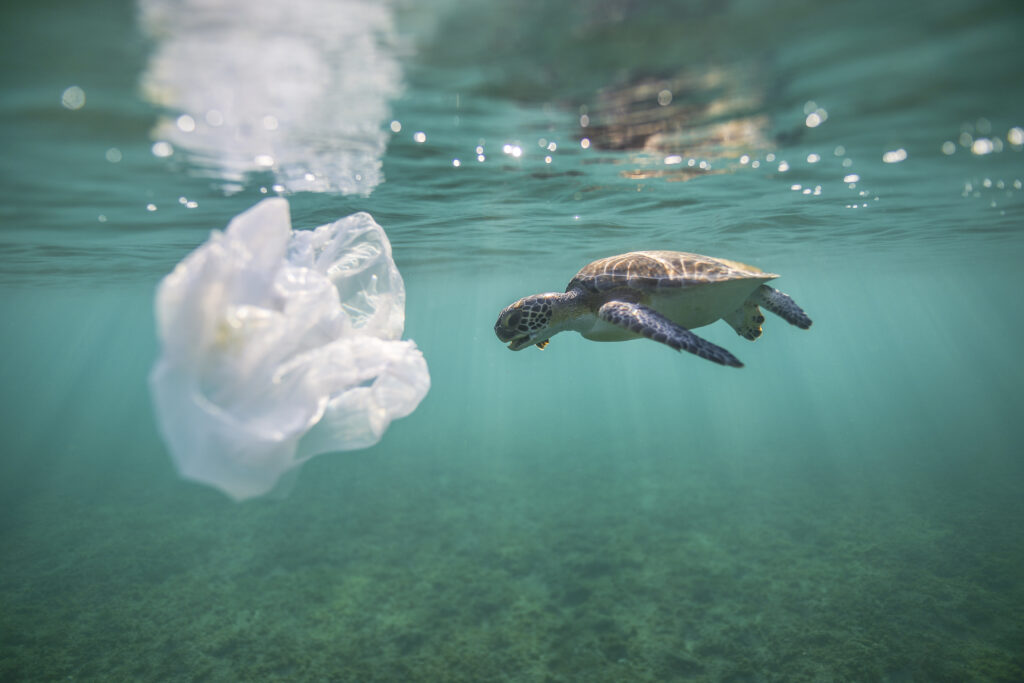
Greenpeace
“Right now it is estimated that up to 12 million metric tons of plastic—everything from plastic bottles and bags to microbeads—end up in the oceans each year. That’s a truckload of trash every minute.
Traveling on ocean currents, this plastic is now turning up in every corner of our planet, from Florida beaches to uninhabited Pacific islands. It is even being found in the deepest part of the ocean and trapped in Arctic ice.”
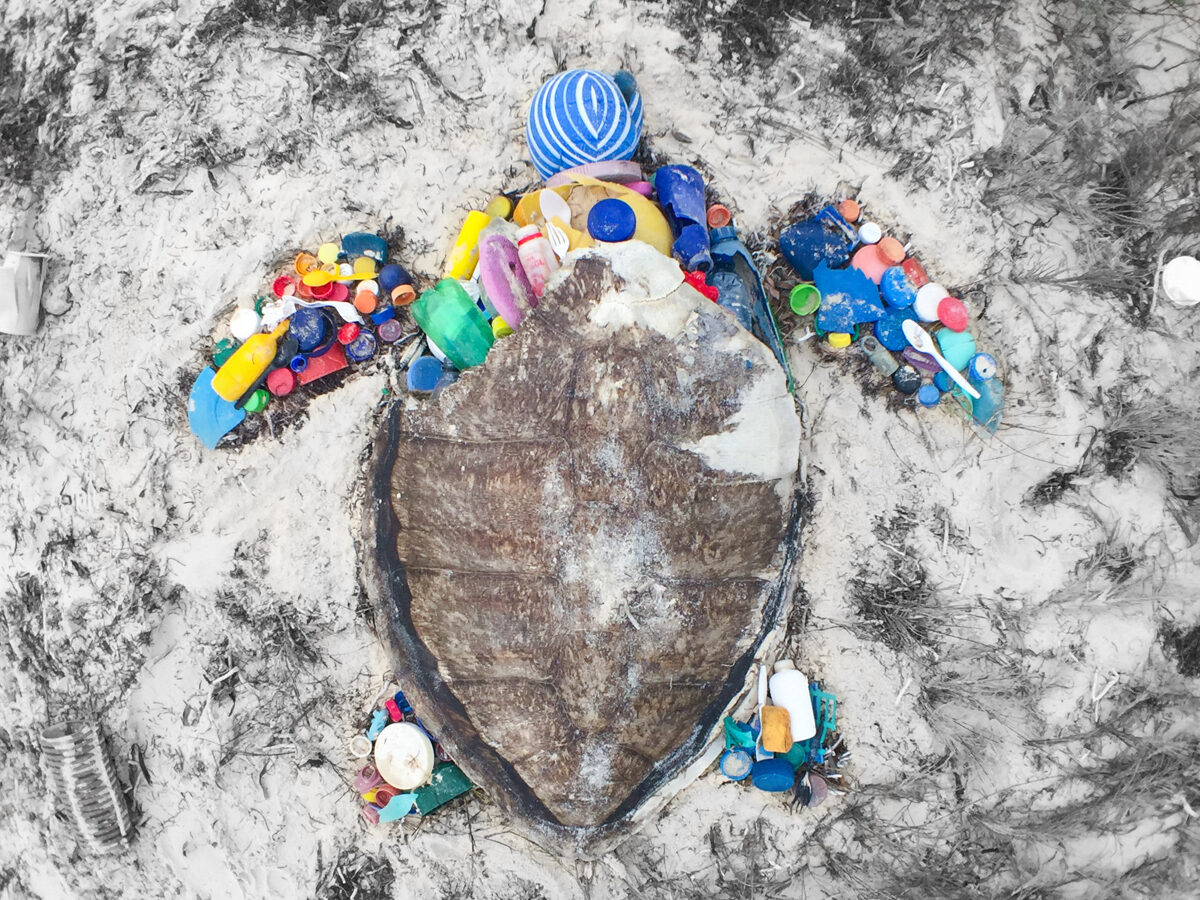
Ocean Conservancy
“The numbers are staggering. 40,000 acres of seagrass died in Florida Bay in 2015 due to drought and decreasing freshwater flows from the Everglades. 2018 saw both devastating impacts from a major red tide crisis that originated offshore, as well as the worst blue-green algae bloom in Florida’s history, originating inland in Lake Okeechobee and then flowing into coastal waters on both the Gulf and Atlantic Coasts.
An unprecedented outbreak of coral disease has spread across at least 200 linear miles of reef in the Florida Coral Reef Tract, reaching from the Florida Keys to as far north as Martin County. And Florida is ground zero for sea level rise, with more homes and businesses threatened by chronic flooding from sea level rise than any other U.S. state. For example, the U.S. Army Corps of Engineers predicts 15 inches of sea level rise in the Florida Keys by the year 2045.”
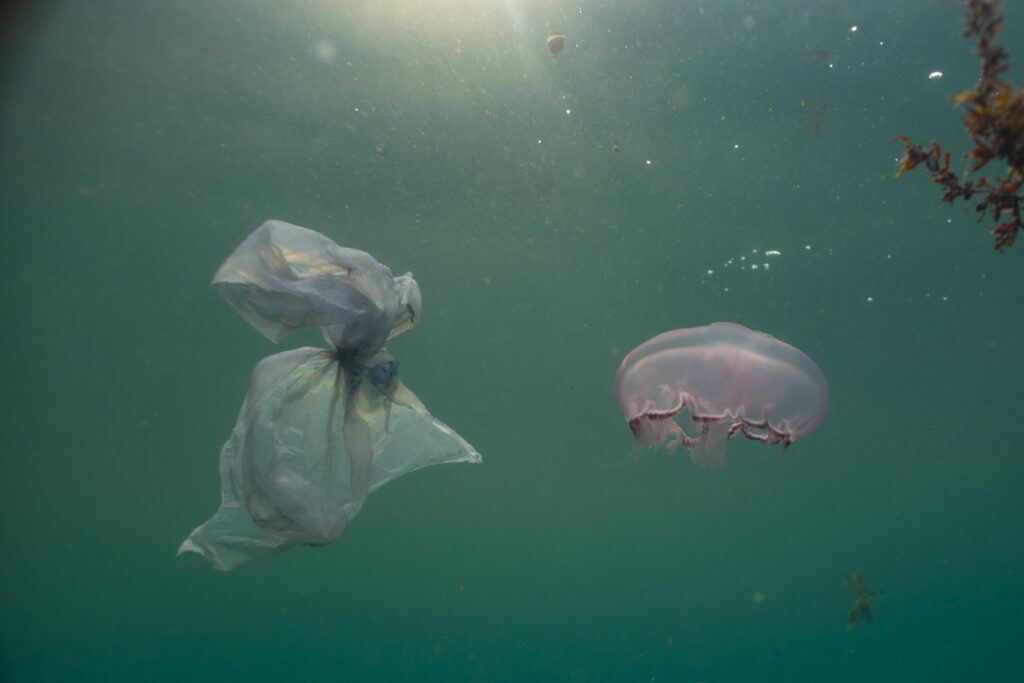
National Geographic
“Marine trash encompasses all manufactured products—most of them plastic—that end up in the ocean. Littering, storm winds, and poor waste management all contribute to the accumulation of this debris, 80 percent of which comes from sources on land.
Common types of marine debris include various plastic items like shopping bags and beverage bottles, along with cigarette butts, bottle caps, food wrappers, and fishing gear. Plastic waste is particularly problematic as a pollutant because it is so long-lasting. Plastic items can take hundreds of years to decompose.”


